- Introduction
- Execution Issues in Intellectual Property Rights Related to NFTs
- Complexity in Identifying Ownership
- Complexity in Tracking Intellectual Property Rights Violations
- Challenges in Enforcing Laws in Decentralized Systems
- Conflicts Between International Laws
- Security Issues and Fraud
- Limitations of Blockchain Technology in Enforcing Rights
- Ethical and Social Issues
- Solutions for Improving the Enforcement of NFT Rights
- Legal Issues Related to AI-Generated Works
- Authorship Issues
- Ownership of the Work
Originality - Legal Liability
- Commercial Use Rights
- Contract Issues
- Use of AI-Generated Works in the Metaverse
- Interaction with International Legal Systems
- Solutions and Recommendations
- Trademark Rights Limitations
- Definition and Concept of Trademark Rights Limitations
- Trademark Infringement in the Metaverse and Digital Spaces
- Legal Challenges in Enforcing Trademark Rights
- Limitation of Rights in Authorized and Unauthorized Uses
- Impact on the Economic Value of the Trademark
- Abuse of Trademark Rights in the Metaverse
- Issues Related to Smart Contracts and Digital Ownership
- Recommendations for Reducing Trademark Rights Limitations
Introduction
With the rapid advancements in blockchain technology and its role in protecting intellectual property rights in the Metaverse, this section will focus on ownership rights related to NFTs. Given the swift emergence of NFTs as the primary tool for digital transactions, the legal complexities surrounding them still require attention and the development of legal and executive frameworks. This article will explore the challenges and opportunities in intellectual property rights within the Metaverse, execution issues related to NFTs, and legal and technological solutions for addressing these issues.
Execution Issues in Intellectual Property Rights Related to NFTs
- Complexity in Identifying Ownership
- Absence of a Centralized Database: Due to the decentralized nature of blockchain, there is no central system to verify ownership. This makes identifying the rightful owner difficult in case of disputes.
- Multi-Layered Ownership: NFTs might represent a digital asset, but the intellectual property rights or associated licenses may belong to other individuals or entities. This separation of token ownership from content complicates the enforcement of rights.
- Ownership Transfer Without Notification: While blockchain transactions are transparent, simply viewing an NFT’s transaction history does not guarantee that the new buyer has received all the ownership rights.
- Complexity in Tracking Intellectual Property Rights Violations
• Global Infringement: NFTs are traded globally in the Metaverse and digital marketplaces. Legal enforcement of intellectual property rights violations in different countries is complicated due to differing laws and judicial systems.
• Unauthorized Use of Others’ Works: Users may create NFTs that utilize copyrighted works without legal permission.
• Creation of Illegal Derivative Works: Using NFTs in other projects without explicit permission from the original owner is another rights violation that is difficult to track and manage.
- Challenges in Enforcing Laws in Decentralized Systems
• Lack of Centralized Enforcement Bodies: In blockchain and the Metaverse, there is no central authority to regulate or enforce laws, making it challenging to execute legal decisions.
• Anonymity of Transactions: Users typically use anonymous digital wallet addresses in blockchain systems, which makes it hard to identify their real-world identities in cases of violations or legal disputes.
• Cross-Platform Disputes: NFTs are traded across various platforms like OpenSea or Rarible. If a dispute arises between a buyer and seller, it is unclear which platform or legal authority is responsible for resolving the issue.
- Conflicts Between International Laws
• Variations in Intellectual Property Rights: Intellectual property laws vary across countries. For instance, an artwork protected by copyright in the U.S. may not have the same protection in other countries.
• Jurisdictional Issues: When a dispute arises between parties from different countries, determining which court has the jurisdiction to handle the case becomes a major challenge.
• Problems with Cross-Border Dispute Resolution: The lack of unified international laws for NFTs makes conflicts more complex and time-consuming.
- Security Issues and Fraud
• Digital Fraud: NFTs can be forged, or unauthorized content may be sold as an NFT. Identifying fraudsters in decentralized systems is challenging due to user anonymity.
• Hacking and Digital Wallet Theft: Digital wallets that hold NFTs can be targeted by hackers. In case of theft, it is legally difficult to recover the NFT or compensate for the loss.
• Unauthorized Access to Smart Contracts: If a smart contract is not properly designed, attackers may exploit vulnerabilities and transfer assets without permission.
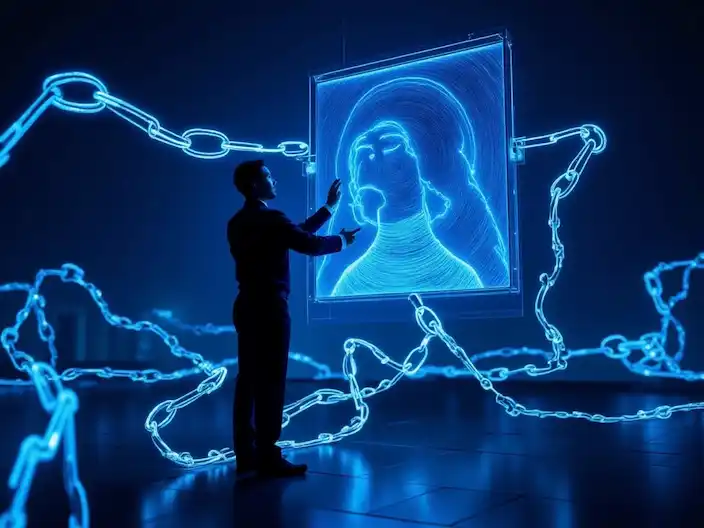
- Limitations of Blockchain Technology in Enforcing Rights
• Immutable Transactions: Once a transaction is recorded on the blockchain, it cannot be altered or deleted. This makes it very difficult to correct errors or legal violations.
• Lack of Global Standards: Each blockchain platform may use different standards for NFTs. The lack of coordination leads to issues in transferring and enforcing rights across different platforms.
- Ethical and Social Issues
• Privacy Rights: The ownership data of NFTs is transparent on the blockchain, but this transparency may conflict with users’ privacy rights.
• Conflicts of Interest: In some cases, users’ intellectual property rights may conflict with the business policies of platforms or other stakeholders.
Legal Issues Related to AI-Generated Works
Legal issues concerning AI-generated works have become a primary challenge in intellectual property law due to technological advancements and the increasing use of AI in creating artistic works, music, texts, and other digital content. These issues are explored in greater detail below:
- Authorship
- Human or Machine Authorship: In traditional intellectual property law, authorship is usually attributed to a human. However, when AI generates works without direct human intervention, the question arises of who should be recognized as the author?
- Contradictory National Laws: Some countries, like the UK, attribute authorship of AI-generated works to the person who “arranged the necessary steps to create the work,” while others, like Germany and France, explicitly limit authorship to humans.
- Ownership of the Work
- Ownership of AI-Created Works: If AI creates a work, who owns it? Ownership could belong to the programmer, user, or owner of the AI system.
- Ownership in Collaborative Platforms: When works are created collaboratively on platforms by multiple users, determining legal ownership can be complex.
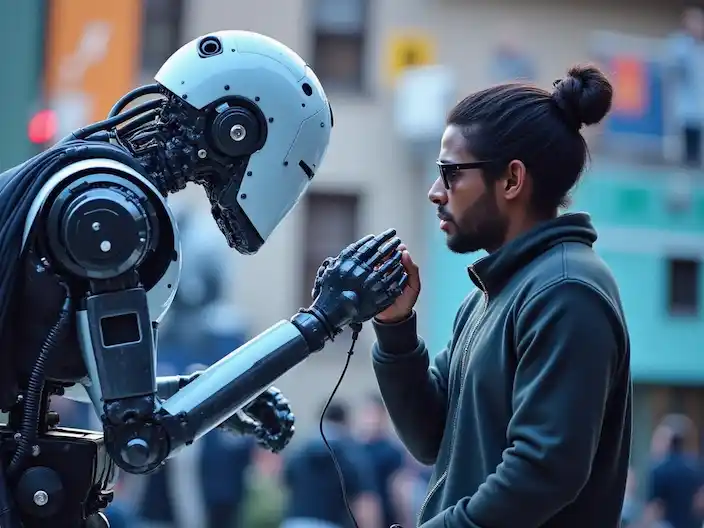
- Originality
- Criteria for Originality in AI-Generated Works: Copyright generally applies to works that demonstrate originality and creativity. The question arises as to whether AI-generated products genuinely reflect creativity or are merely the result of mathematical computations and data input.
- Legal Liability
- Violation of Intellectual Property Rights: If AI produces content that copies other works or uses copyrighted data without permission, who is responsible?
- Ethical and Legal Issues: In cases where AI produces unethical, illegal, or harmful content, who is held accountable? Should software developers be held responsible?
- Commercial Use Rights
- Licenses and Commercial Rights: The commercial use of AI-generated works, particularly in advertisements, video games, or artworks, requires clear and specific licenses. The lack of uniform standards in this area causes discrepancies in the interpretation of these licenses, and this ambiguity can lead to legal issues in the use of these works.
- Monetizing AI-generated Works: If an AI-generated work generates significant revenue, the question arises as to who should benefit from this income. Should it be the AI developer, the user, or the owner of the AI system that receives a share of this revenue?
- Issues Related to Contracts
- Smart Contracts: In cases where AI-generated works are sold as NFTs, smart contracts can regulate ownership rights and licenses. However, flaws in the design of these contracts can lead to legal disputes.
- Transparency in Agreements: Users and developers must clearly specify who owns the intellectual property rights in their contracts. Lack of transparency in these agreements can lead to significant legal issues.
- Use of Works in the Metaverse
- AI Content in Shared Environments: In the Metaverse, AI-generated content might be widely shared. Determining who has the right to alter or reproduce this content is a major legal challenge. These issues can lead to misuse of the works.
- Derivative Works: AI-generated content often serves as a base for creating derivative works. However, determining ownership rights and the role of each party in this process requires clear laws to reduce disputes.
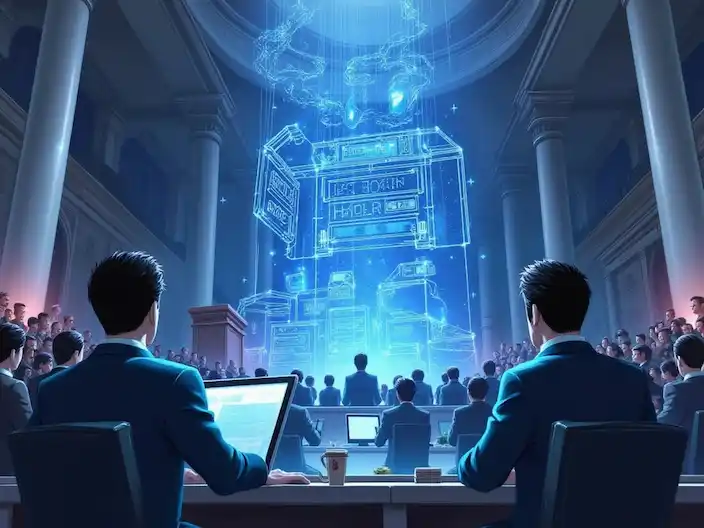
- Interaction with International Legal Systems
- Lack of Global Harmonized Laws: Intellectual property laws regarding AI-generated works are not yet harmonized internationally. This causes confusion when resolving disputes. Countries view the issue differently, which makes resolving legal problems in this area more complex.
- Impact of International Agreements: Agreements like the Berne Convention and the TRIPS Agreement provide a framework for protecting intellectual property rights, but they do not specifically address AI-generated works. This issue necessitates updating these agreements and international laws.
Solutions and Recommendations
- Creation of New Legal Frameworks:
- Develop national and international laws to define authorship, ownership, and responsibility for AI-generated works. These laws should clearly outline the rights and obligations of creators and users of these works.
- Development of Monitoring Technologies:
- Utilize blockchain technologies to register and track ownership of works. This technology can serve as a tool for transparency in the production and distribution of digital works, reducing issues related to counterfeiting or unauthorized use.
- Education and Awareness:
- Raise awareness among users and developers about the rights and responsibilities related to AI. Proper education and awareness can prevent legal problems and protect users from violations of intellectual property rights.
- Standardization of Data Use:
- Establish clear laws for using training data in AI algorithms. These laws should ensure that the data is collected and used legally and prevent violations of intellectual property rights.
By developing new laws and clarifying rights related to AI-generated works, many of the existing challenges can be addressed, ensuring responsible and effective use of this technology in the future.

Trademark Rights Limitations
Trademark rights limitations (Trademark Rights) in the digital space, particularly in the Metaverse, have become a significant legal challenge due to the expansion of new technologies like NFTs and decentralized environments. Here, the issues and challenges related to trademark rights limitations are comprehensively and strikingly examined:
- Definition and Concept of Trademark Rights Limitations
- What is Trademark Rights Limitation? Trademark rights limitation refers to a situation where the use of a trademark is restricted or jeopardized in specific circumstances, potentially decreasing its economic value or diluting the brand’s identity.
- Impact of the Digital Environment on Trademark Rights Limitation: With the emergence of the Metaverse, NFTs, and other related technologies, trademarks are exposed to unauthorized use or infringement because monitoring their use in digital environments is challenging due to decentralization and widespread use.
- Trademark Infringement in the Metaverse and Digital Space
- Unauthorized Use of Trademarks in NFTs: Users might use registered logos or trademarks in NFT designs without permission. This use can lead to confusion in identifying the ownership of the brand.
- Misuse in Advertising and Digital Displays: In the Metaverse, brands might be used without permission in advertising or digital exhibitions, misleading users and damaging the brand’s reputation.
- Digital Copying and Counterfeit Products: Digital environments make it easier to copy and create counterfeit versions of products or services. This can diminish the value of the trademark and erode consumer trust.
- Legal Challenges in Enforcing Trademark Rights
- Difficulties in Identifying Infringers: In the Metaverse and blockchain, users often use anonymous addresses, making it very difficult to identify trademark rights violators.
- Fragmented Laws and Cross-Border Disputes: Trademark laws vary across countries. When infringement occurs in a digital environment, determining the competent court or applicable law is very complex.
- Challenges in Enforcing Court Orders: Enforcing court orders in decentralized environments like the Metaverse is challenging because there is no central authority to enforce these orders.
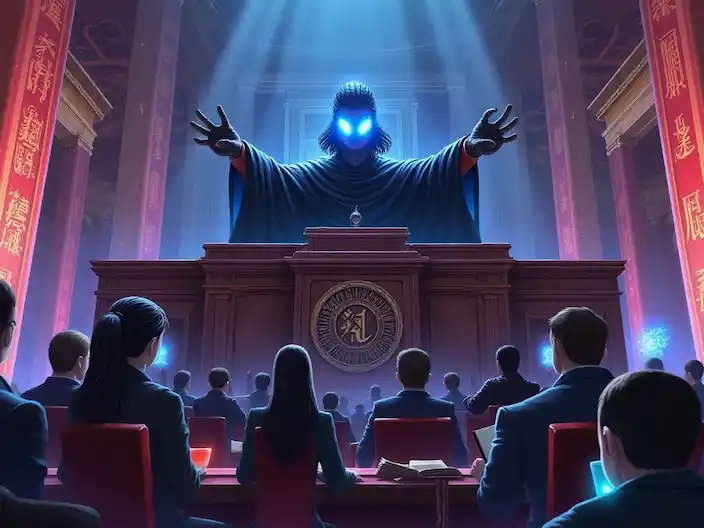
- Rights Limitations in Authorized and Unauthorized Uses
- Authorized Use with Restrictions: Even when the use of a trademark is authorized, there may be limitations on how it can be used, such as restrictions on using it in specific products or platforms.
- Unauthorized Use in Artworks and NFTs: Artists may use trademarks in creating digital artworks or NFTs, but if done without permission, this can lead to legal challenges.
- Decreasing Economic Value of Trademarks
- Dilution of Brand Distinction: Unauthorized and frequent use of trademarks in digital spaces can result in the loss of brand distinction and confusion among consumers about the source of goods or services.
- Decreased Brand Reputation and Credibility: If a trademark is used in inappropriate or unethical content, it can lower the brand’s credibility and harm its reputation.
- Misuse of Trademark Rights in the Metaverse
- Unauthorized Trademark Registration as NFTs: Some users may issue registered trademarks as NFTs and sell them. This can lead to financial and legal abuse.
- Creating Fake Spaces: Creating Metaverse spaces similar to well-known brands can mislead consumers and generate illegal profits for abusers. This can harm the reputation of legitimate brands and cause significant legal problems for brand owners.
- Issues Related to Smart Contracts and Digital Ownership
- Limitations of Trademark Ownership in Smart Contracts: Smart contracts may limit the ownership rights or licensing of trademarks. However, enforcing these contracts in case of violations is difficult due to the lack of clear laws. Many platforms use smart contracts to facilitate transactions, but without clear regulations, these contracts may not be properly enforced.
- Disputes Over Trademark Use Rights: When a trademark is used virtually, determining which rights belong to the trademark holder and which rights are granted to users is a complex issue. For example, using a trademark in a Metaverse game may be interpreted as positive advertising or misuse.
- Recommendations for Reducing Trademark Rights Limitations
- Creation of International Legal Frameworks:
- Establish harmonized global laws to protect trademark rights in the digital space. These laws should particularly focus on the legal challenges of the Metaverse and NFTs and ensure that brand rights are properly protected in the digital and decentralized world.
- Development of Technology Tools for Identifying Infringements:
- Use machine learning algorithms and blockchain technology to identify and prevent trademark infringement. These tools can help better monitor unauthorized use of trademarks and prevent digital abuse.
- Creating Transparent Contracts:
- Design clear contracts that specify how trademarks can be used in the Metaverse and digital space. These contracts should clearly outline intellectual property rights and the conditions for trademark use for all parties involved.
- Education and Awareness:
- Increase awareness among users and companies about trademark rights and obligations in the digital space. This can help reduce misuse and improve compliance with intellectual property laws in the Metaverse and other digital platforms.
Table of Contents
Toggle
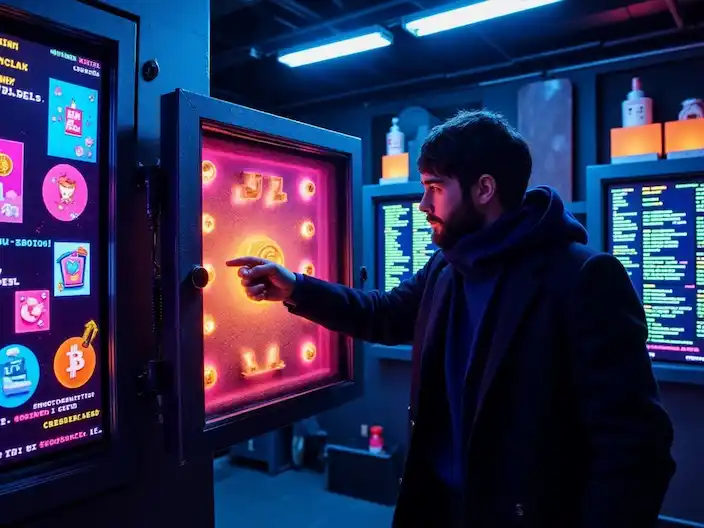

One Response